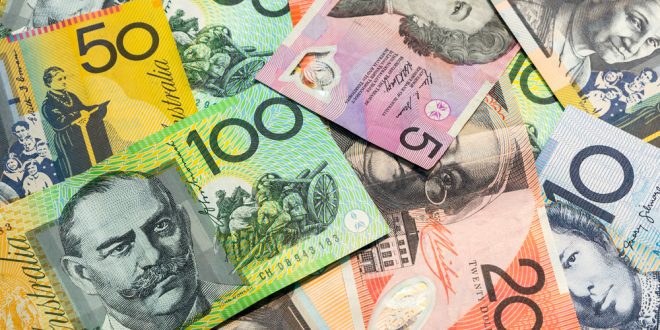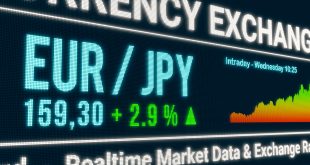The AUD/USD is now depending on o the US CPI to be released on Friday. Traders are eying the deviation between the US Fed and Reserve Bank of Australia.
The AUD/USD pair is traded at 0.7150, lower by 0.25% during Thursday’s session and is set to settle between a range of 0.7186 and 0.7135.
The US dollar continues to recover within a wider consolidative phase ahead of Friday’s Consumer Price Index and next week’s Federal Reserve meeting.
The central bank divergence between the Fed and Reserve bank of Australia has undermined the AUD of late due to the dovish tones of the RBA. Beyond the Fed, attention is already turning to the RBA February policy meeting.
The Bank has made it clear that it will be considering its stimulus programme in the new year and speculation is already mounting that an end to the programme could be a favoured outcome for the Bank. A better tone in risk appetite more generally has allowed AUD/USD to pull back some ground.
‘On the back of decent economic data including the improved current account position we see scope for AUD/USD to recover modestly to the 0.72 area on a 3-month view.
Looking ahead for the week, the us Consumer Price index will be critical as inflation is expected to slow significantly as fiscal stimulus fades and supply constraints ease, but the data is not expected to be validated in the near term. The CPI likely surged in Nov, with a drop in oil coming too late to avert another large gain in fuel and core prices boosted by rapidly rising used vehicle prices and post-Delta strengthening in airfares and lodging.
In the meantime, in the third quarter, Australian underlying CPI inflation has registered 2.1% YoY and at the bottom of the RBA’s 2% to 3% target and below the average of the past 30 years. This clearly contrasts with some of the high inflation prints for other G10 economies especially that of the US which is likely to help the AUD/USD remain underpinned in case the US CPI comes in the hot territory.
Consumer inflation forecast to accelerate to 6.8% annually from 6.2% while Core CPI expected to rise to 4.9% from 4.6%. Producer prices, The monthly increases are predicted to be 0.7% in the headline rate and 0.5% in the core. Wages point to still higher inflation as the Federal Reserve has turned its attention to prices instead of jobs.
American consumer prices, which have already jumped more in the last twelve months than at any time in the last 71 years, are set to take another leap upward.
Recent results from producer prices, wages, employment and gasoline suggest that the surge in consumer prices is not narrowing.
The RBA is not expecting underlying inflation to reach the middle of its target until the end of 2023 and Lowe maintains that the first increase in the Cash rate may not be before 2024. Even if this target slips, it is clear that the RBA will be well behind the Fed when it comes to hiking rates in the forthcoming cycle.
 Noor Trends News, Technical Analysis, Educational Tools and Recommendations
Noor Trends News, Technical Analysis, Educational Tools and Recommendations





